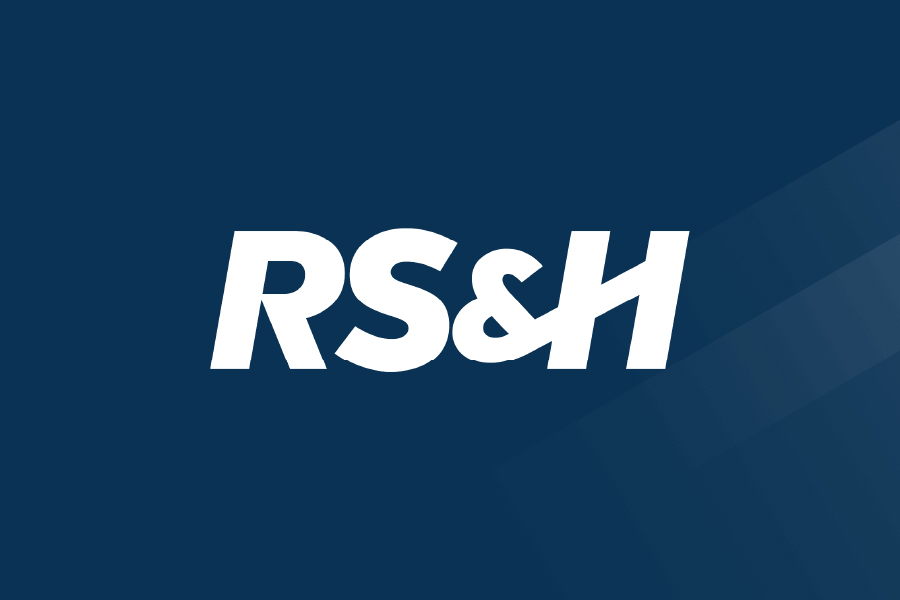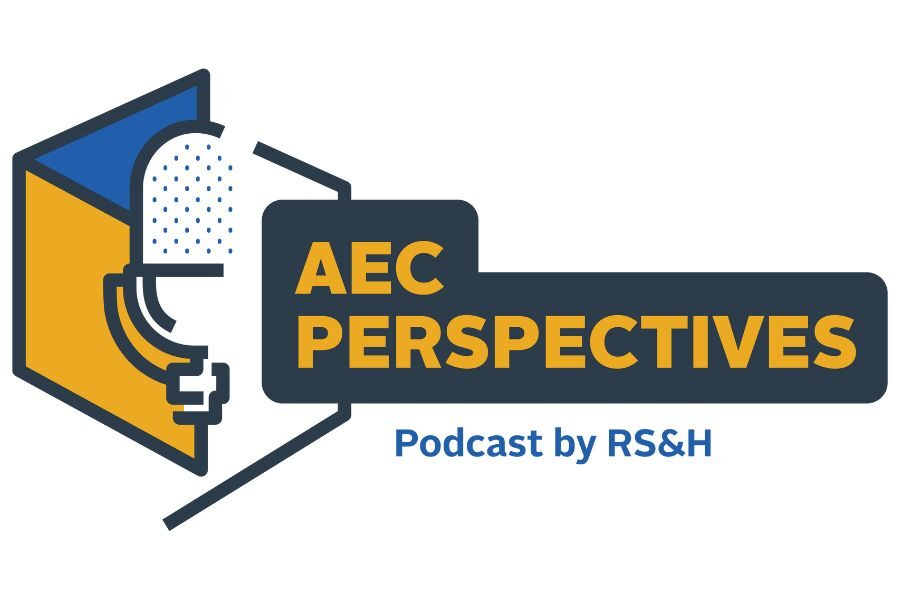Five Alternative Delivery Tips for Commercial Space Companies

Alternative delivery methods have entered the commercial aerospace market in full force. As with many methods and approaches new to a market, there’s a learning curve. At RS&H, we’re well-versed in the aerospace industry and the alternative delivery sector, leveraging that combined knowledge to best serve our clients.
Below, we share some quick tips on what commercial aerospace companies should know about alternative delivery.
1. Consider Progressive Design-Build
Progressive design-build is gaining prominence because it can lower price and shorten schedules.
Design-build is great when you have key performance indicators, clear, well-defined boundaries and parameters in place at project outset and a lot of experience with the work. But design-build doesn’t do as well when there are a lot of unknowns like there can be in commercial aerospace projects.
Traditional design-build drawbacks
In traditional design-build, the prices you’re getting from bidders across the board are based on initial plans. They will naturally include contingencies and assumptions (costs for materials and tradespeople, expectations for ground conditions of the soils, etc.) because you are at a preliminary stage.
The same thing happens with schedules – because there are unknowns, the schedule will have to allow for surprises down the road. That can drive the price up and push your schedule to the right.
Progressive design-build benefits
With progressive design-build, there are continuous price and schedule updates, and you as the owner don’t have to lock into an overall price. Instead, you lock into prices in phases. The first phase includes design up to a determined percentage (often around 60 percent) and pre-construction services, with limited scope and fees.
Once everyone feels comfortable with design, the second phase begins with a not-to-exceed lump sum and takes design to 100 percent, followed by construction. In this method, the owner is empowered to determine the moment to lock in on the design. You can wait until 75 percent of the design has been completed or you can decide on it at 50 percent completion.
As quickly as the launch vehicle, flight hardware and payload or processing needs change, aerospace companies need to respond to adjust course. With progressive design-build, owners benefit by reducing their risk of cost and schedule overruns, while being nimble in developing the infrastructure needed.
Progressive design-build drawbacks
There are, of course, potential downsides to progressive design-build. The owner selects teams based on qualifications and is not selecting based on price or schedule. This can worry cost-conscious owners who want to have cost certainty and confidence.
Some owners combat this, though, by asking proposers to give a rough estimate for the proposed cost and schedule, incorporating that into their decision-making as a gut check on the team’s understanding of the overall costs. Owners will also receive continuous cost input from the team throughout the first phase and be able to help make decisions that influence cost –as opposed to trusting an initial number at project outset.
Once the first phase has been completed, the owner does have the opportunity to reject the guaranteed maximum price for the rest of the project and re-procure for additional bids, but this can delay progress. In some ways, though, this speaks to this delivery method’s broader empowerment of owners, allowing them to shift directions if need be –which is not as easily done with other delivery methods.
In addition to cost concerns, the owner also needs to be prepared to make decisions along the way or risk a continuous iterative design process that doesn’t progress forward; the team behind the owner needs to be skilled enough to communicate when things start to go off-track and to help the owner make the necessary decisions.
2. Choose Partners Who Have Expertise
Specifically, for the agility needed for successful project execution, choose partners who have alternative delivery expertise. Aerospace is not for the layman and neither is alternative delivery. In design-build and progressive design-build, you have the opportunity to plan out your schedules, shuffling the sequence to best suit cost, time and product quality elements.
There are essentially three horizons that you need to be considering and planning for at all times: horizon 1 – immediate, horizon 2 – next, horizon 3 – future.
If the team is not experienced in the phasing and sequencing aspects, you might not get the most out of the delivery method and its cost and schedule benefits. You have to understand the traditional path for alternative delivery to identify the critical path.
On top of that, you’re more likely to make mistakes if you don’t have this experience – and more likely to get rattled when inevitable issues crop up.
A team with alternative delivery insight understands phasing, sequencing and planning across all horizons and as a result has the agility and decisiveness to adapt as needed. That yields considerable benefits for you and your project, leading to increased creativity, innovation and efficiency.
3. Talk About Risk
To mitigate risk, the team has to talk about it, openly and honestly. Sometimes, alternative delivery teams don’t think to share their concerns about risk with the whole group. They talk about it internally within their own companies but don’t share thoughts with each other. Especially when money comes into play, it can be all too easy to avoid the subject. But that’s when risk is actually heightened.
To lower risk, groups need to have honest discussions about how to mitigate it – then, you can adequately plan for it. Different groups will identify risks in different areas of the project and think of different solutions, allowing all ideas to be considered and the best to rise to the top.
4. Trust in Strong Relationships
Where risk is involved, strong relationships are key. Look for strong relationships between designers and builders. Interview teams that have worked together, ask about their past project experience and seek to understand how past project conflicts have been resolved. Mistakes are going to happen. It’s part of getting work done. What determines the success of the project is whether the team has a plan in place for when mistakes happen – and whether they then have strong relationships to communicate about the issue and act to resolve it. That comes from experience.
You don’t want companies to be figuring out how to work as part of a design-build team on your dime.
(An additional note: You also want to choose an aerospace design partner who has grown up in the industry –or better, one whose designers have grown the industry.)
Knowledge of regulations and permitting is also key. Learn why >
Beyond risk, alternative delivery methods by their very nature require strong collaboration and need teams that can effectively communicate. A design team that has experience working with contractors (and vice versa) is going to be more efficient and collaborative. Design firms experienced with alternative delivery also have existing solid relationships with contractors. By understanding whom to work with, alternative delivery professionals ensure the team has the appropriate expertise to deliver the outcomes the owners expect –and then some.
5. Participate in the Process
In traditional design-bid-build, the facility designs can result which appear as though they are prepackaged, or formulary –just insert cubic footage of operational spaces. Traditional design-bid-build works very well for projects with articulated, prescriptive, and commonly understood requirements. Design-build works well for projects with performance-based criteria and commonly understood requirements with flexibility in terms of execution to satisfy those requirements. Progressive design-build works well when goals are clear and allows for the necessary design iteration to develop requirements during the process.
With alternative delivery, owners are integral to the design decision-making process. That can be empowering and lead to more collaborative, creative and innovative products, but it is an entirely different process.
You’ll have more hands-on engagement with the project in brainstorming and charrettes. You’ll also be making more decisions in real time than you may be used to. An experienced team is prepared to lead owners through a logical design process workflow, track decisions through a change management plan that keeps the team on track, and construct an innovative, integrated design solution.
In summary, it will not just be a different delivery method for your project. It may also at first feel like a different experience for you as the owner – another reason to have on your side a team of experienced alternative delivery and aerospace professionals. Your business operations are unique in the market, an alternate delivery method for your facilities or infrastructure may be just what you want.
Learn how our talented team of innovators can help you get your next aerospace project off the ground.



